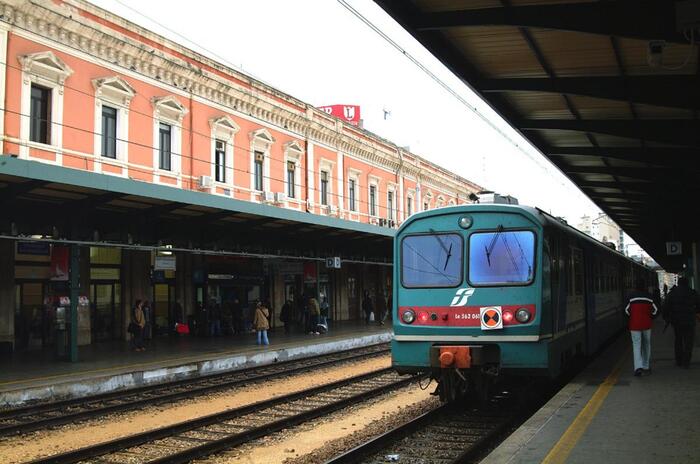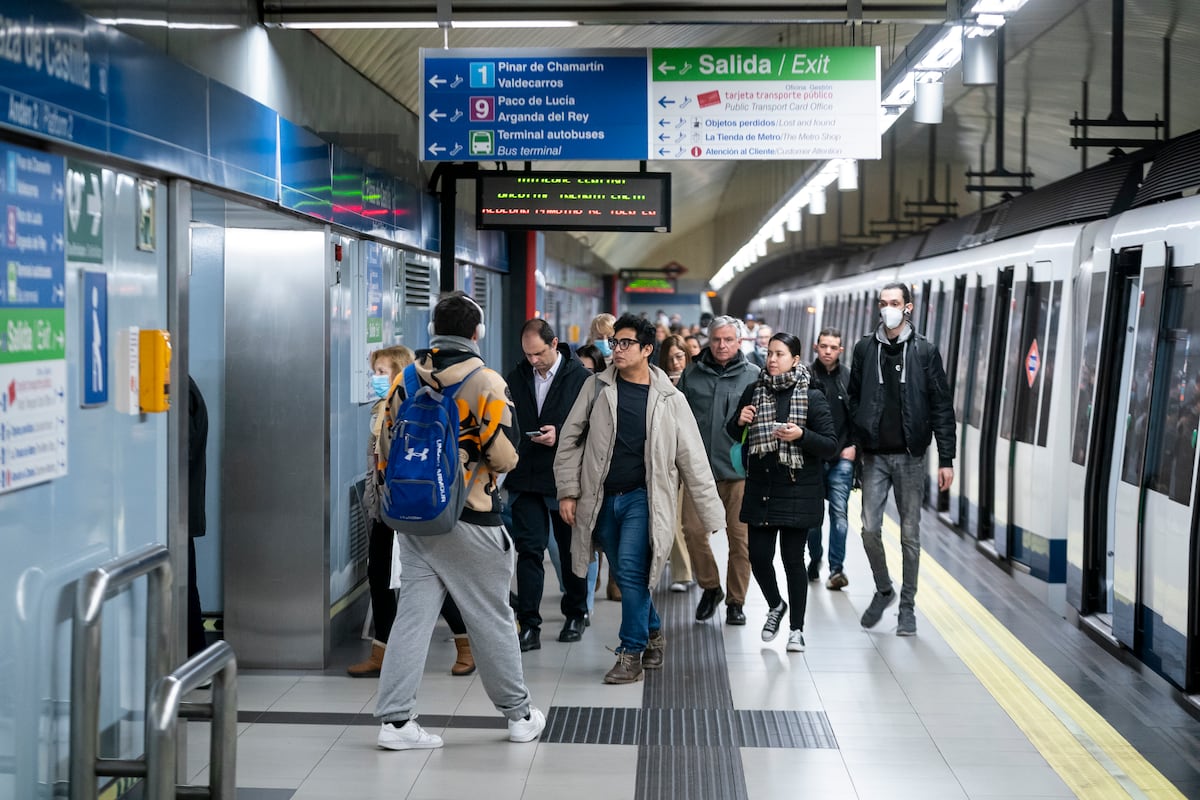On rail transport "the differences persist in the areas of the country, and the South is paying the price above all, where fewer trains circulate, they are older - with an average age of 18.5 years, down from 19.2 in 2020 but higher than the 11.9 of those in the north - and they travel on largely single-track and non-electrified lines".
Legambiente denounces it in the Pendolaria 2023 report.
"Regional train runs in Sicily are 506 every day against 2,173 in Lombardy, when the population in Lombardy is double that of Sicilians. It is emblematic that there are no direct trains between Naples and Bari".
The care for the South indicated by Legambiente translates into "more trains for the South, electrification and faster connections, first of all enhancing the Intercity service and integrating the service offer along the main routes, to guarantee at least one train every hour, through a regular service and new rolling stock".
Emblematic, notes Legambiente, "is that between Naples and Bari there are still no direct trains today or that there are situations such as that of the Palermo-Trapani line, via Milo (closed since 2013 due to some landslides), of the Caltagirone- Gela (closed due to the collapse of the Carbone Bridge on 8 May 2011) and the Corato-Andria section in Puglia (still inactive 6 and a half years after the tragic accident of 12 July 2016 which caused 23 deaths).
For Legambiente, the priority axes on which to intervene are: Naples-Reggio Calabria, Taranto-Reggio Calabria, Salerno-Taranto, Naples-Bari, Palermo-Messina-Catania.
Fast and frequent connections are also needed between Sicily, Calabria and the rest of the peninsula and transport by ship needs to be strengthened.
"On the investment front, in the eleven years from 2010 to 2020, more investments were made in infrastructure for road transport than in rail. According to data from the National Transport Account, between 2010 and 2020, 310 km of motorways were built, to which must be added thousands of kilometers of national roads, compared to 91 kilometers of subways and 63 km of tramways", Legambiente further notes, observing that "Italy needs to significantly increase the number of passengers traveling by metro and train, if it also wants to improve air quality and reduce CO2 emissions as envisaged by the Paris Agreement".
According to the report, "a sore point for rail transport is the inadequate attention from the Regions. In 2021 the allocations were, on average, equal to 0.57% of the regional budgets, an improvement compared to 0.34% recorded in 2020, but down from 0.65% in 2019".
This was stated by Legambiente in the Pendolaria 2023 report, adding that "with the 2022 Budget law, the Fund for the sustainable mobility strategy was established which has a budget of 2 billion euros to reduce climate-changing emissions from the transport sector with various actions including the renewal of the circulating fleet of public transport and the creation of digital infrastructures for the management and monitoring of railway traffic".
Furthermore, "resources have been provided for the Local Public Transport Fund, increased for 2022 by 100 million euros and for 2023 by a further 100 million, making the increases structural, constant until 2026, the year in which the total
value it will reach just under 5.3 billion (it is a positive sign, even if we will still be down by 900 million compared to 2009)."
Among the other good news of 2022, explains the environmental association, "there are also the new loans for the purchase of regional trains and the modernization of
local lines. All important resources, but an additional effort needs to be made by allocating 2 billion euro per year until 2030" of which 500 million a year to strengthen the regional railway service (for the purchase and revamping of trains) and 1.5 billion a year to build underground lines, tramways and suburban lines.









